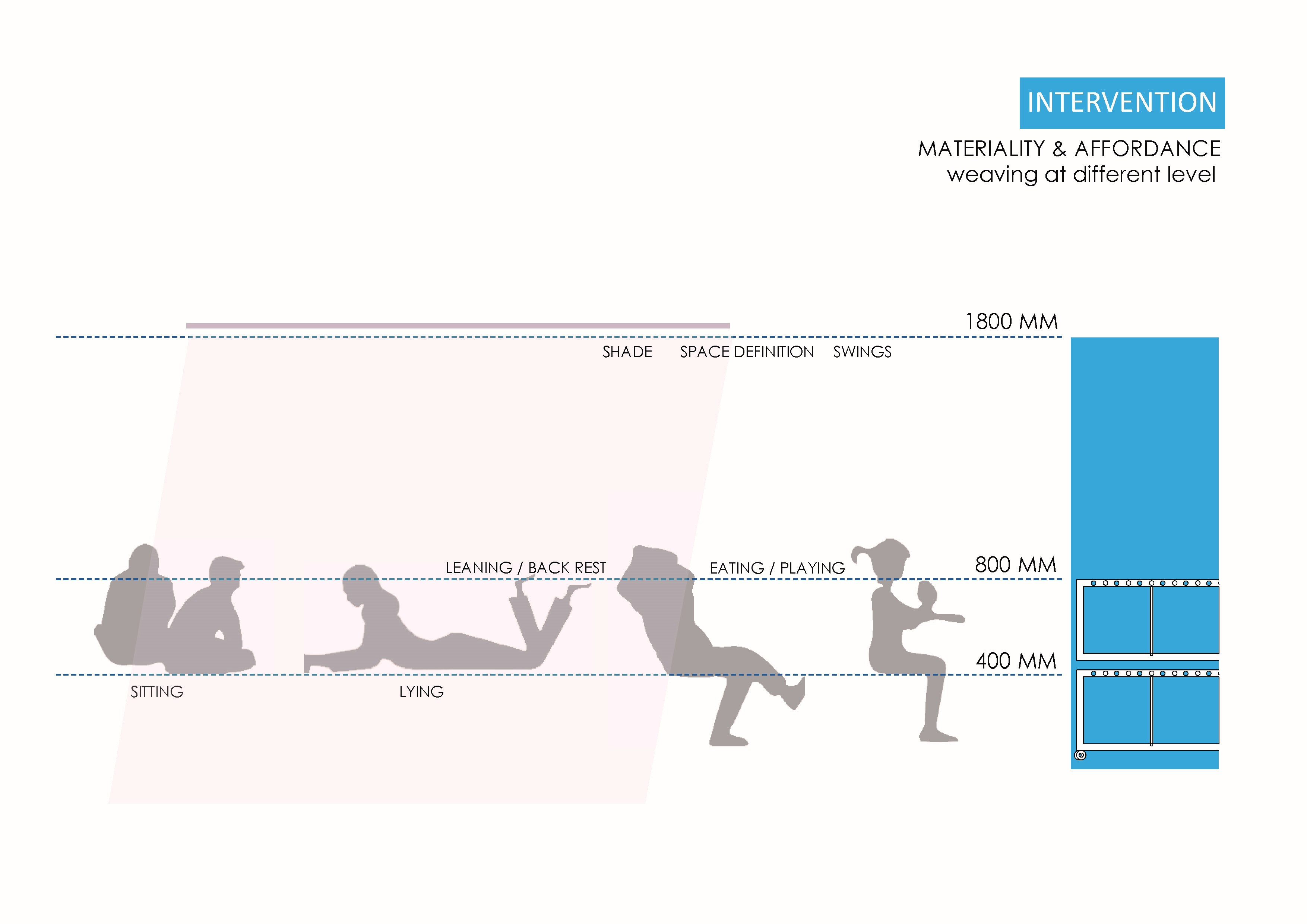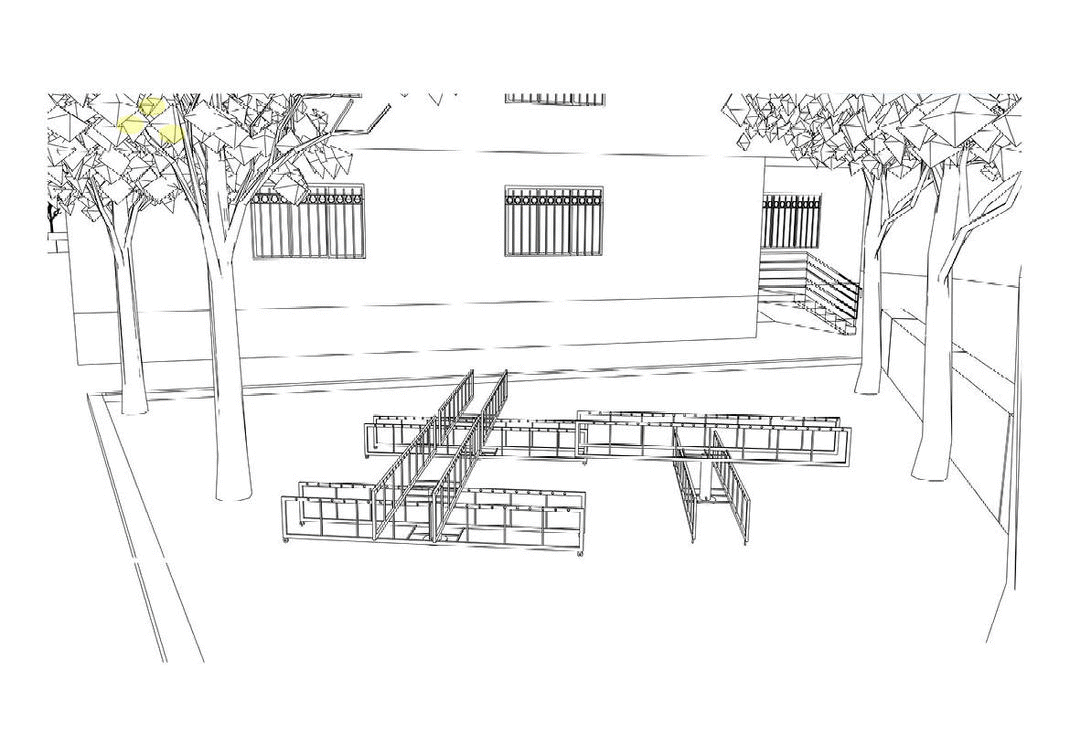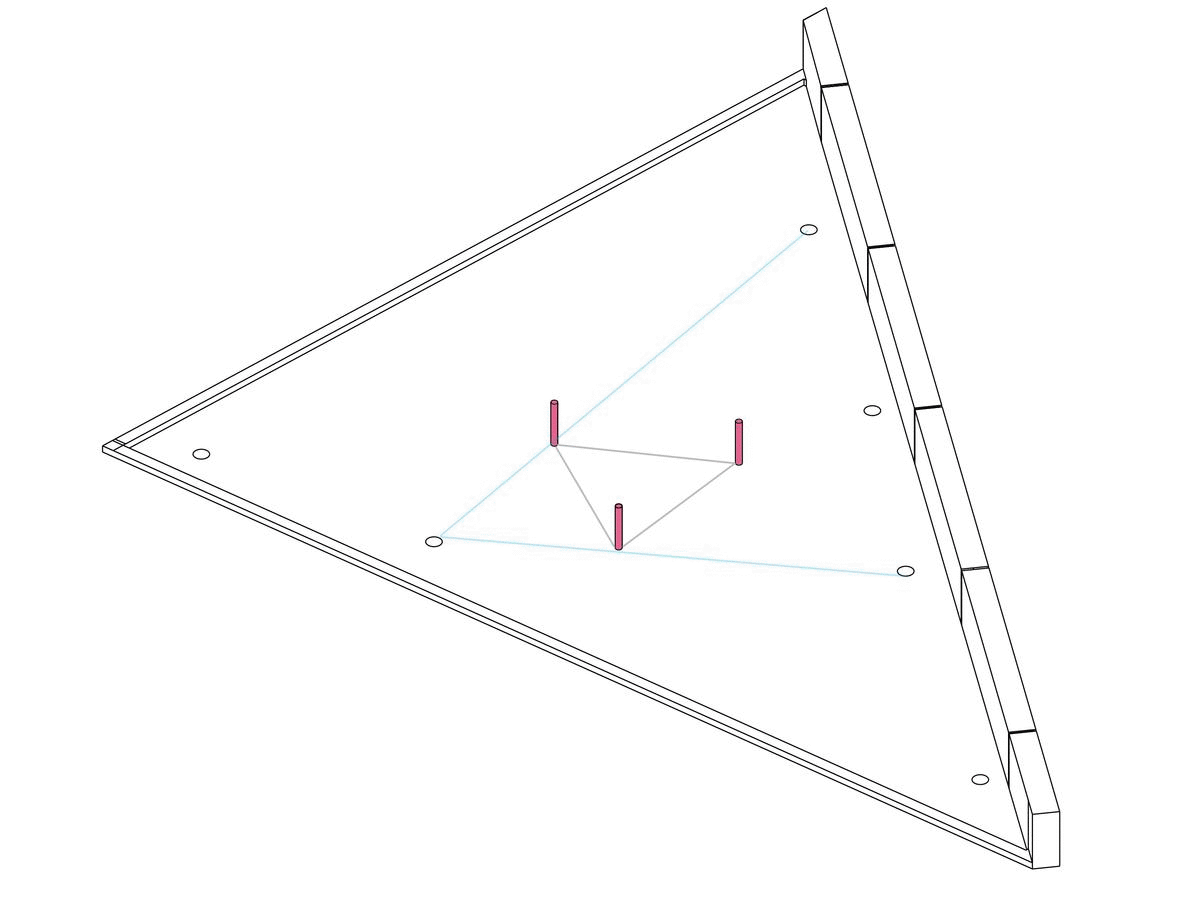





Daily Practices and Traditions
Saumya Rawat
This project is based on research of commonalities in everyday routines of people and their daily traditions. For which, everyday activities were mapped and I analysed the important nodes’ functions, transformations and elements. The intangible aspects, the existing traditions of Supra and Birzha, gave an insight in the importance of a sense of community and the desire of people to form strong social ties and connections with their local communities.
My position in the biennale is to recognize the importance of this sense of community and foster neighbourhood identity. Also, the changing government of Georgia over time has led to a changing meaning of public space and with that comes a need to develop a new perception of it.
In order to address these goals with my intervention, I came up with a concept of experimental urbanism, where people of a neighbourhood are provided with some basic metal frames and colourful ropes. They are invited to weave on them to create their desired furniture/ space. The process of weaving their own furniture would provide a feeling of ownership and identity of the space while at the same time sharing it with their neighbours. The activity and space would be a point of interaction for the local community.
I chose the Zaza Bendeliani neighbourhood as a main site and proposed my intervention on a small triangular residual green area between two of the residential blocks. The concept of frames was implemented in the form of the ‘fence’ elements. A typical unit consists of two pairs of fences, stacked one on top of the other, pivoted on a central point, free to rotate about it. The two levels (at 400mm and 800 mm) afford the activities of sitting, leaning, lying, table for eating and playing when weaved. There would be three such units, pivoted on the three points, forming a triangle, echoing the profile of the circulation around it. The points were placed on the connecting axes of the trees in the green area so that they could also act as hinges for weaving. The various configurations which arise from the rotations of these units can offer different spaces and activities when woven. It can lead to a central space, to hold an event like a music show, meeting or exhibition or multiple divided spaces for small gatherings of friends for a picnic or game or more individual spaces for reading or relaxing.
The model can also grow and adapt to its surroundings, by the changing definition of the frames and hinges and weaving in them to encompass and define new spaces and activities around them.

